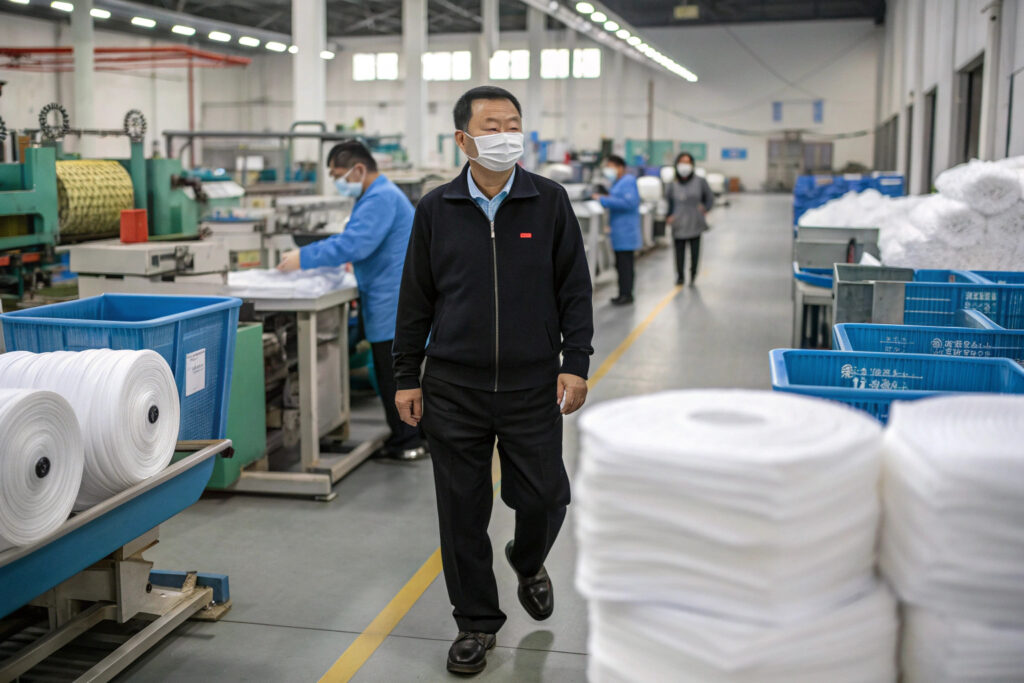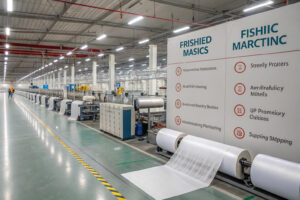When I first explored sourcing 3D molded fabric masks, I faced the same frustration as many buyers: some factories offered cheap prices but delivered inconsistent quality, while others promised premium masks but failed to provide fair cost structures. This left me constantly balancing affordability and durability.
To source affordable yet high-quality 3D molded fabric masks from China, you must focus on three pillars: supplier integration, quality verification, and reliable logistics. These elements together ensure your investment creates value rather than risk.
This is not only about buying masks. It’s about choosing the right partner who can consistently deliver comfort, safety, and compliance to meet customer expectations. That’s why I’ll walk you through the exact steps I use to balance cost and quality when working with overseas buyers.
Why choose a factory with integrated supply chain
Finding the right supplier often starts with location. Keqiao, Zhejiang, where we operate, is a global center for textile and apparel. Many mask buyers overlook how much supply chain integration affects cost and lead time.
Choosing a supplier with integrated supply chain operations helps lower risks, reduce costs, and speed up production timelines. When weaving, dyeing, finishing, and packaging are in the same hub, you gain significant efficiency.
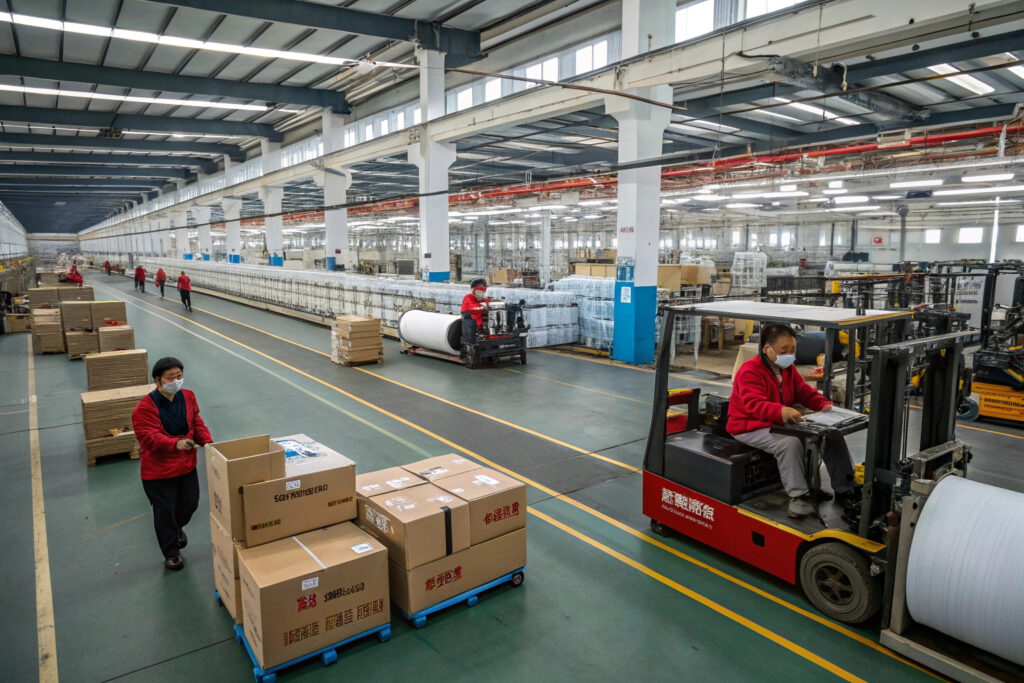
What advantages come from vertical supply integration?
When everything happens under one roof—or at least in one district—you cut transportation delays, avoid multiple markups, and keep product quality consistent. For example, when our clients request 3D molded masks with antimicrobial finishes, we don’t have to outsource finishing to another city. We use our trusted local partners. That way, costs remain predictable.
In addition, vertical integration helps us respond quickly to new trends, like requests for anti-fog nose wires. This agility provides a competitive edge. You can read more about the importance of supply chain hubs in Keqiao or see how material selection impacts cost.
How does vertical integration impact cost?
The closer the supply chain, the lower the waste. Integrated suppliers can coordinate bulk fabric dyeing schedules, consolidate logistics, and provide real-time quality data. This reduces per-unit costs even as quality rises.
As an example, a buyer once compared two suppliers: one with a spread-out supply chain and one fully integrated. The second option cut total landed costs by nearly 20%. For details, see this guide on evaluating costs in fabric mask sourcing or explore why many brands now choose China for fabric hubs.
How to verify mask quality before ordering
Price is only half of the equation. You need to make sure the mask you buy will pass both customer standards and international compliance rules.
Always request samples and test them for structure, comfort, and wash durability before committing to a bulk order. This protects your business from costly returns and reputation damage.
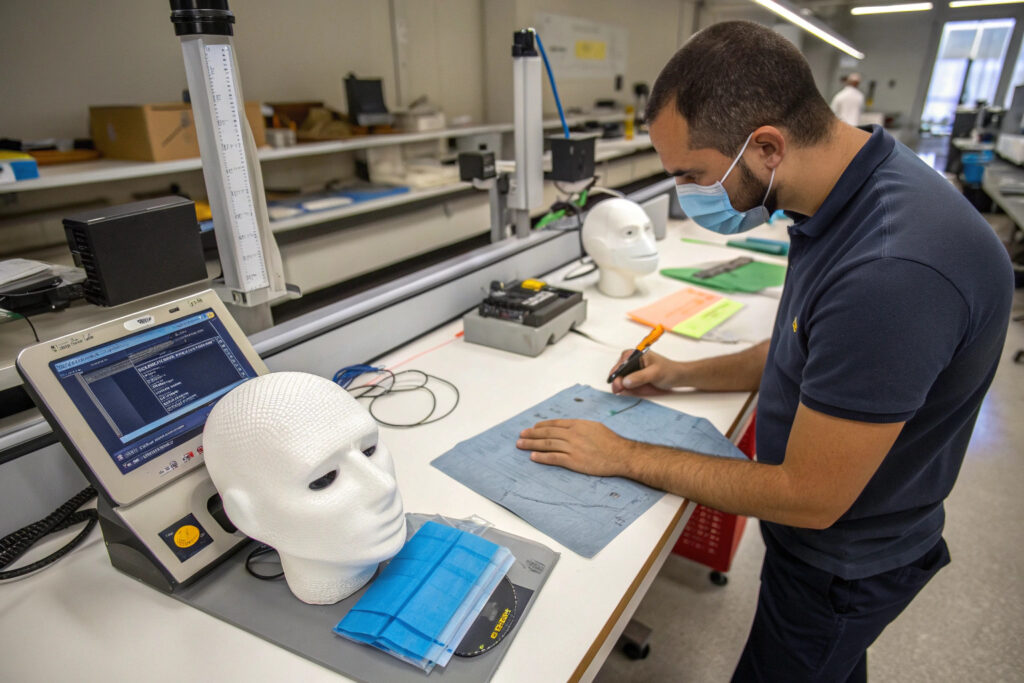
Why request and test samples early?
By asking for samples, you see whether the mask holds its 3D shape, whether the ear loops stretch too much, and if it remains comfortable after hours of use. This is especially important for buyers targeting U.S. or European markets, where consumers demand fit and breathability.
For example, a client once thought a supplier’s masks were sufficient until they tested them after three washes. The masks shrank, and ear loops broke. Since then, they rely on molded mask comparison tests before any commitment. You can also review this guide on cost and testing to avoid hidden issues.
What sample tests matter most?
I recommend testing shrinkage, colorfastness, tensile strength, and mold retention after multiple washes. Buyers who import to Europe often ask for OEKO-TEX® certification, while U.S. importers focus on CPSIA compliance.
Without proper tests, you may save cents per unit but lose thousands in returns. To ensure you’re covered, check resources like REACH textile safety standards or guides on evaluating China-made masks.
What are the real landed costs per mask
One of the biggest mistakes I see buyers make is assuming that the factory’s quoted price equals the total cost.
To get the real cost, you must calculate the landed cost, including production, quality control, freight, tariffs, and insurance. Otherwise, your budget will always fall short.
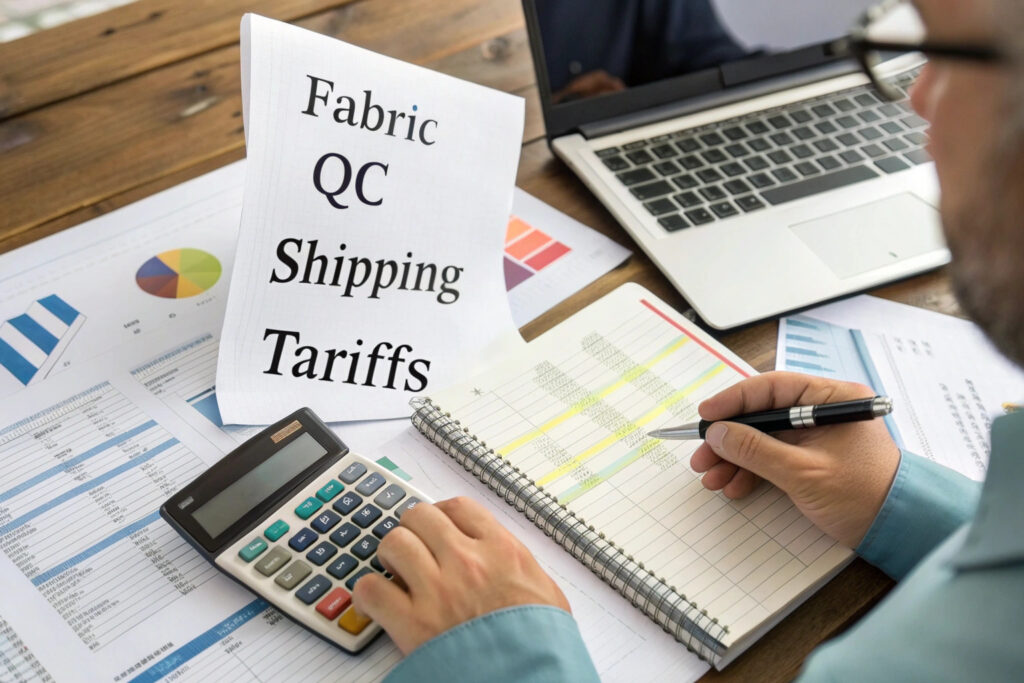
What hidden costs should you consider?
The mask itself might cost $0.30, but by the time you add freight surcharges, U.S. tariffs, and inspection fees, the landed cost could be closer to $0.50. These numbers change depending on whether you choose air freight or sea freight.
This is why many sourcing experts emphasize accurate landed cost breakdowns. To explore fabric sourcing in depth, you can also check global textile guides.
How can you calculate accurate landed cost?
Here’s a simple formula we use for buyers:
| Cost Component | Impact |
|---|---|
| Factory Price | Base unit cost |
| Testing & QC | Adds $0.02–0.05 per mask |
| Tariffs | 7–15% depending on market |
| Freight | Air freight is 3–4x sea freight |
| Payment Fees | Bank or transfer fees |
Understanding this breakdown helps buyers budget correctly. For further insight, check this practical freight guide or explore mask cost optimization.
How to ensure timely delivery and logistics
Even if you secure good pricing and quality, late delivery can ruin a project. Tariff windows, seasonal demand, and freight congestion make logistics just as important as manufacturing.
To ensure timely delivery, you need clear Incoterms, trusted forwarders, and constant communication with your supplier.
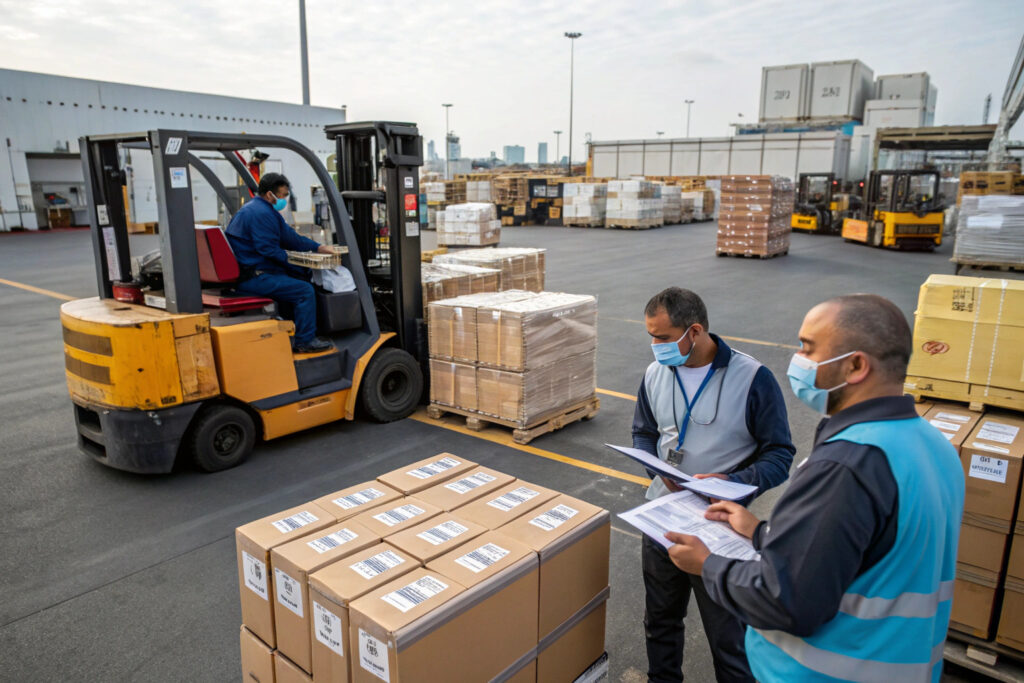
How does good logistics help avoid delays?
Clear timelines prevent missed sales opportunities. For example, masks arriving late for a school contract lose all value once the semester starts. That’s why I always coordinate early with freight forwarders and confirm customs documents in advance.
For more insights, review this logistics planning guide or see how fabric sourcing logistics affect cost.
What steps smooth international shipments?
To keep your orders safe and on time, follow three steps:
- Confirm Incoterms like FOB, CIF, or DDP before signing the contract.
- Use trusted forwarders with proven customs clearance records.
- Stay updated on port congestion and shipping schedules through weekly supplier calls.
Many of our clients rely on sourcing networks or supply chain partners to keep their timelines intact.
Conclusion
Sourcing affordable yet high-quality 3D molded fabric masks from China requires attention to more than just the factory price. You need to secure integrated suppliers, test samples for durability, calculate accurate landed costs, and arrange efficient logistics. By combining these steps, you protect both your margins and your reputation in the U.S. or European market.
If you’re ready to bring your mask line to life with a reliable partner, we would be honored to collaborate. Please contact our Business Director Elaine at elaine@fumaoclothing.com to discuss how Shanghai Fumao can co-create your next fabric mask order with guaranteed quality and timely delivery.

